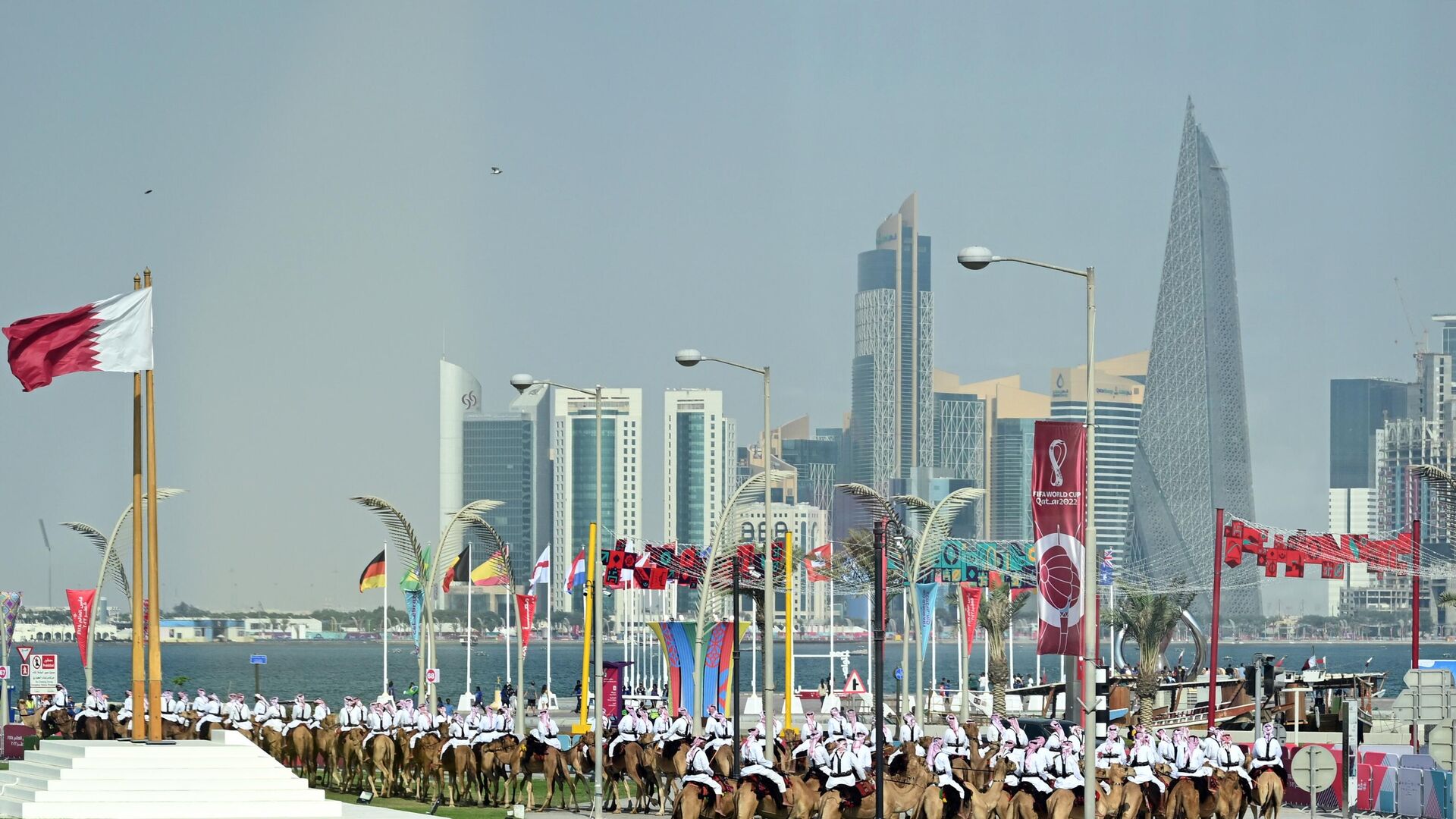Qatar's Consumer Price Index (CPI) rose to 4.4% year-on-year in February on the back of higher recreation, housing, and water prices, official data showed Wednesday. However, the Gulf state's CPI for last month inched down by 0.1% compared to the previous month.
The annual increase in Qatar's inflation is attributed to the rise in prices of seven groups, including recreation and culture to the tune of 20.8%, followed by housing, water, electricity, and others by 8.9%, restaurants, and hotels by 4.5%, education by 4.3%, transport by 2.4%, health by 1.6%, clothing and footwear by 0.7%, the planning and statistics authority said in its latest report.
Meanwhile, communication prices dropped in February by an annual 4.8%, followed by food and beverages by 1.3%.
On a month-on-month basis, five groups witnessed a drop in prices, including restaurants and hotels by 2.1%, food and beverages by 1.5%, clothing and footwear by 0.8%, housing, water, electricity, and other fuel" by 0.6%, and miscellaneous goods and services by 0.28%.
However, recreation and culture prices increased by 3.8%, followed by transport by 0.2%, and furniture and household equipment by 0.1%.
Tobacco, health, communication, and education prices remained flat at January's levels.
Qatar's foreign trade showed a surplus of $6.7 billion (QAR 24.3 billion) in January 2023, a fall of about 6.2% compared to the same month a year earlier, state-run Qatar News Agency (QNA) reported.
The Gulf state's overall exports fell 4.4% year-on-year to around $9.3 billion (QAR 34 billion) in January. Among different sectors, exports of petroleum gases and other gaseous hydrocarbons rose 0.3% to $6.1 billion (QAR 22.1 billion).
Meanwhile, petroleum exports of oils and oils from bituminous minerals (crude) plunged 10.4% to $1.4 billion (QAR 5 billion), while the petroleum oils and oils from bituminous minerals (non-crude) rose 9.6% year-on-year to $878.9 million (QAR 3.2 billion).
In January, China was Qatar's top trading partner with exports of close to $1.7 billion (QAR 6.3 billion), constituting 18.4% of total exports, followed by India at 12.6% or $1.2 billion (QAR 4.3 billion), and South Korea with about $988.7 million (QAR 3.6 billion) or a share of 10.6%. But imports increased by 0.5% year-on-year to around $2.7 billion (QAR 9.7 billion).










